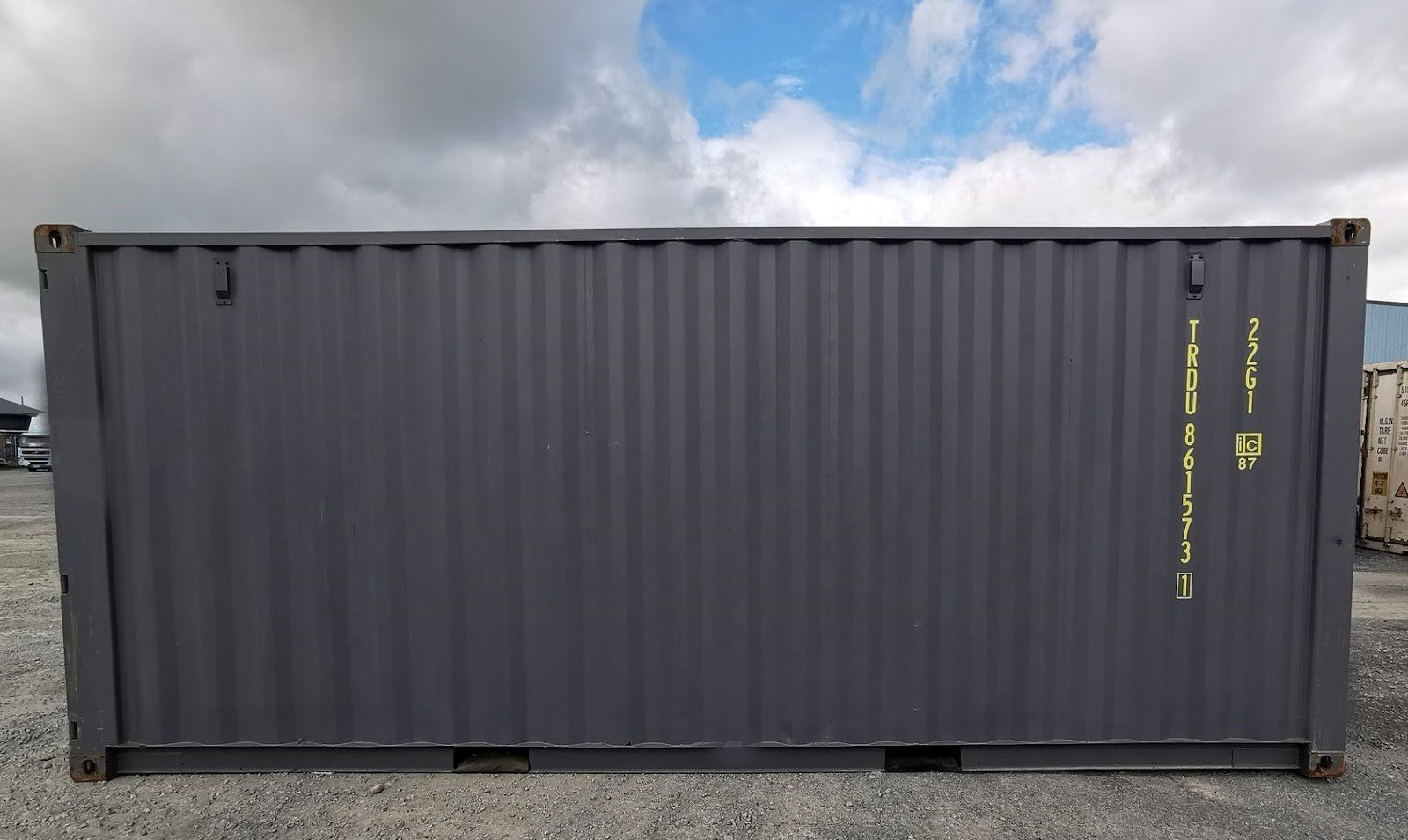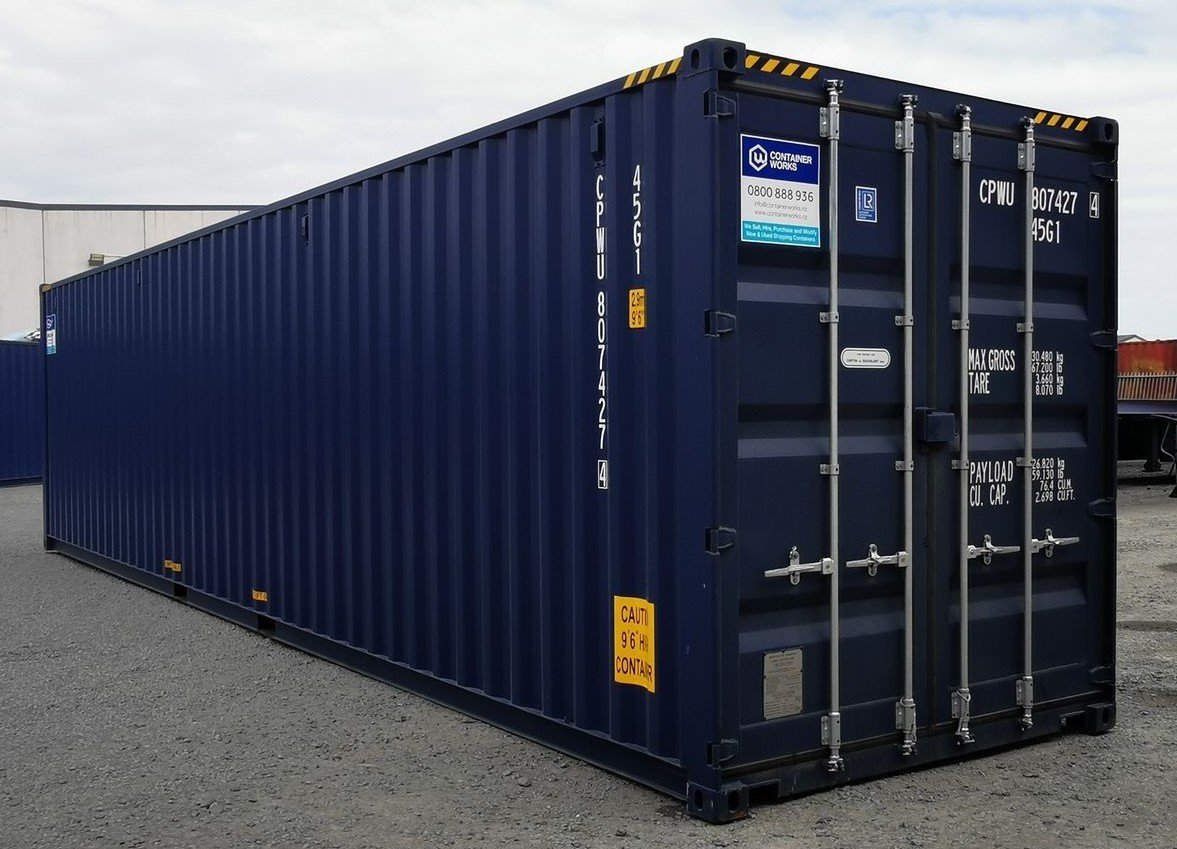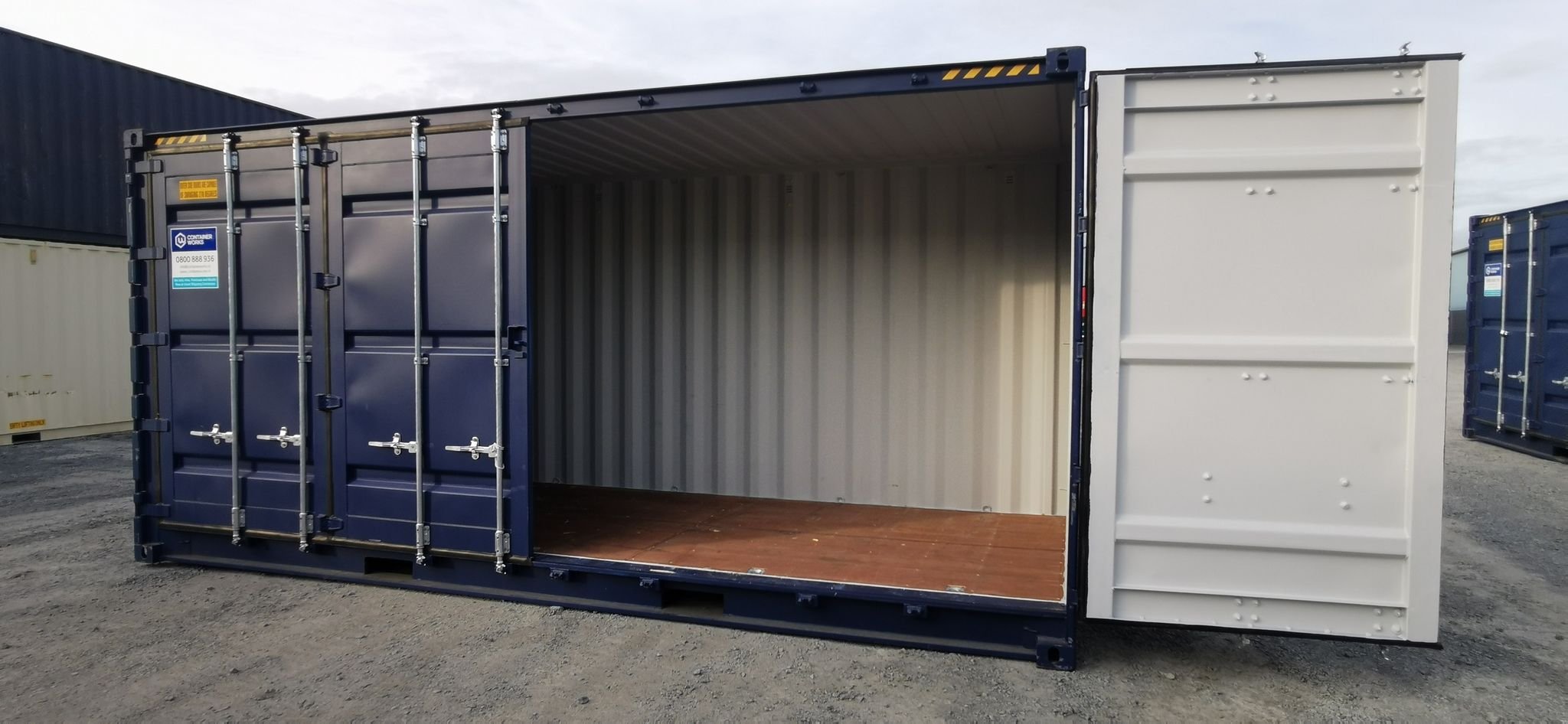Choosing the Right Shipping Container Size for Your Storage Needs
When it comes to utilising shipping containers for storage, selecting the right container size is a crucial decision. It is important to choose the ideal container size to meet requirements while maximising space efficiency. In this post, we offer some handy tips to help you select the right container size to fulfil your storage needs.
1. Assess Your Storage Requirements:
The first step in choosing the right container size is to assess what items will be stored. Will it be personal belongings, furniture, equipment, or commercial inventory? Determining the types and sizes of items will provide insights into the amount of space required.
2. Understand Container Dimensions:
Shipping containers come in various sizes, typically measured in feet. Common sizes include 10ft, 20ft, 40ft. Understanding the dimensions of each container size is crucial for making an informed decision.
3. Considering Future Needs:
It is wise to think about future storage needs or alternative future uses as well. If you anticipate acquiring more items over time, it might pay to opt for a slightly larger container to accommodate growth without the need to upgrade at a later date.
4. Efficient Packing and Organisation:
It also is handy to make use of efficient packing and organisation techniques. This includes using stackable containers, shelves, and racks to maximize vertical space and keep items organised. The better a container is organised the easier it is to make the most of the available space.
5. Prioritise Air Circulation:
When selecting a container size, it is important to remember you will need to leave enough space for air circulation. Proper airflow helps prevent moisture buildup and potential damage to stored items.
6. Special Considerations:
If you have items that require specific storage conditions, such as temperature-sensitive or fragile items, factor these requirements into the container size decision. They might need additional space for climate control equipment or padding.
7. Get Advice:
We can provide personalised guidance. We will discuss your storage needs, provide insights into container sizes, and recommend the most suitable options based on your specific requirements.
8. Flexibility and Upgrades:
If your storage needs do end up changing in the future, you can always upgrade or downsize your container. We are able to provide flexible solutions that adapt to your evolving requirements.
Don’t forget we are here to help. We can provide personalised assistance, which can guide you toward choosing the right container size that aligns with your storage needs.





